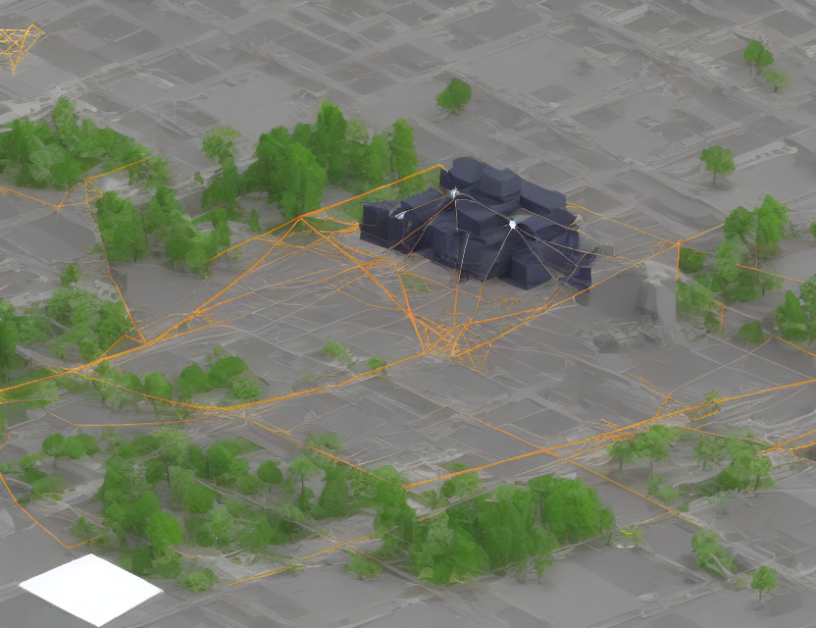In this article, the authors propose a new approach to secrecy wireless communications, which involves decomposing the channel matrix into eigenvectors and eigenvalues. This decomposition allows for more efficient transmission of secure signals, as it reduces the complexity of the communication system. The authors demonstrate the effectiveness of their approach through simulations and numerical results, showing that it can significantly improve the security of wireless communications.
To understand this concept, consider a complex matrix representing the channel conditions of a wireless communication system. This matrix is like a puzzle with many pieces, some of which are important for transmitting signals securely. By decomposing the matrix into eigenvectors and eigenvalues, we can isolate these important pieces and use them to create a secure communication system.
The authors propose two suboptimal solutions that involve designing the information and/or antenna beams in the null spaces of possible eavesdropper channels and/or the user channel. These solutions have lower complexity by focusing on specific areas of the channel matrix that are most important for secrecy communication.
Numerical results validate the effectiveness of the proposed solutions in achieving a favorable trade-off between secrecy communication and sensing exploiting target location distribution. In summary, this article presents a new perspective on secrecy wireless communications that leverages eigenvalue decomposition to improve security and reduce complexity. By decomposing the channel matrix into eigenvectors and eigenvalues, the proposed approach can significantly improve the security of wireless communications, making it an important contribution to the field of wireless communication security.
Computer Science, Information Theory
Maximizing Secrecy Rate in Beamforming with Unknown Eavesdropper Location



